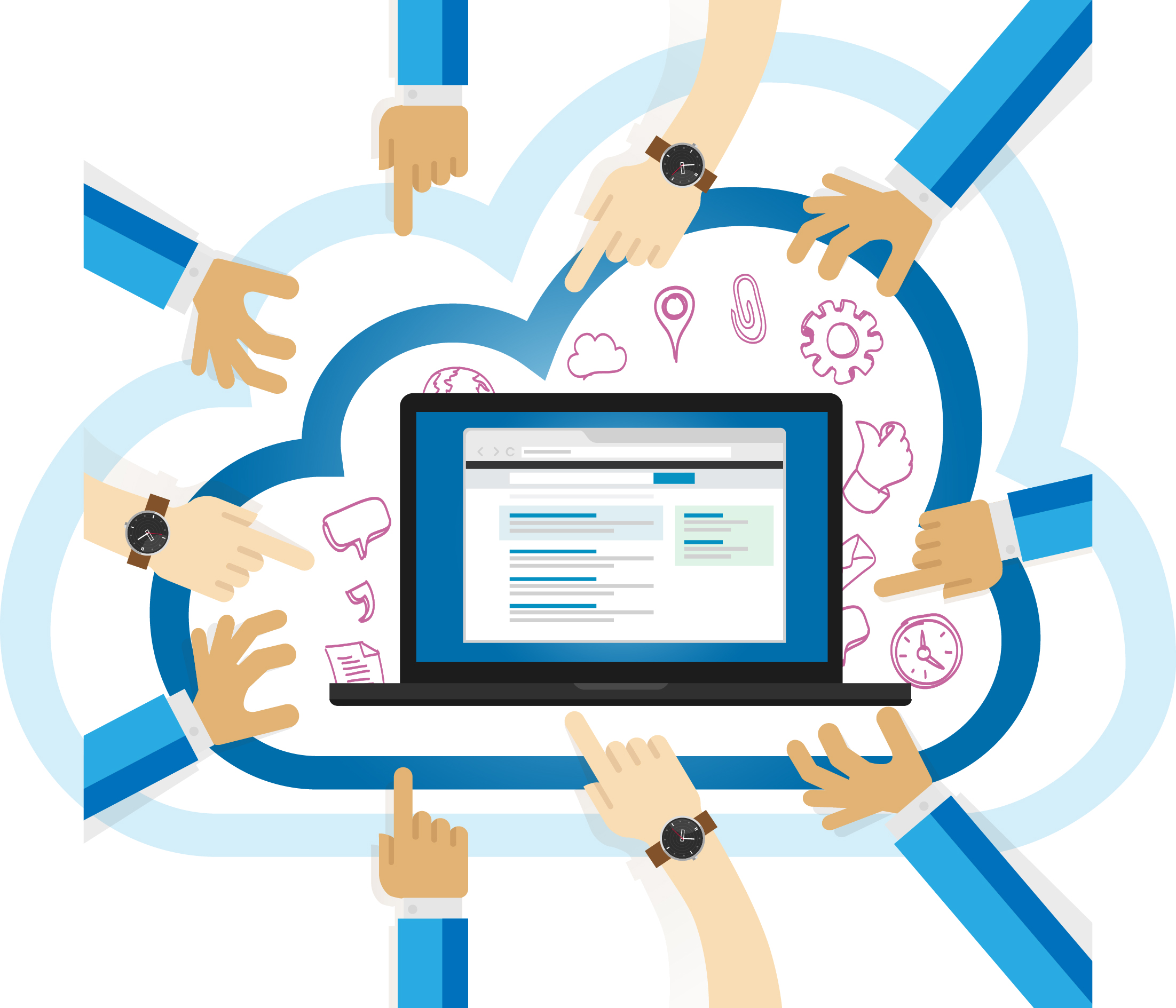Saas
Given the current shortage and expense of dedicated IT personnel, the SaaS model means less of a burden on IT departments that already have many demands placed on them.
potentially hours as opposed to a phased implementation that could take months.
Because SAAS includes software + services all included in a fixed monthly cost, planning and budgeting becomes easier, in addition, the cost structure is scalable up and down as the number of users and applications used increases or decreases over time.
Sure the technology exists to make on-premise software available outside of the premises, but we’re talking about functionality that is available from anywhere on the Internet natively.
When you use a SaaS application, it is in the best interest of the provider to keep you happy by keeping the subscription active and they can do so by constantly improving the application experience. With SaaS this can come in the form of consistent miniscule changes that add up over time instead of monster patch and upgrades that cost you time and money to implement.
By outsourcing software functionality to a provider, the enterprise realizes a cost savings in infrastructure requirements and IT personnel knowledge requirements. This allows the enterprise to focus on core competencies. It also means that the cost savings from using SaaS applications can be flat out saved, or reallocated to boost productivity through other services.
Reported bugs can be fixed minus any rollout overhead. Sure the provider actually has to fix the issue, but assuming they’ve deployed a moderately efficient SaaS application the rollout of a patch or fix should happen in a much more expedited manner.

